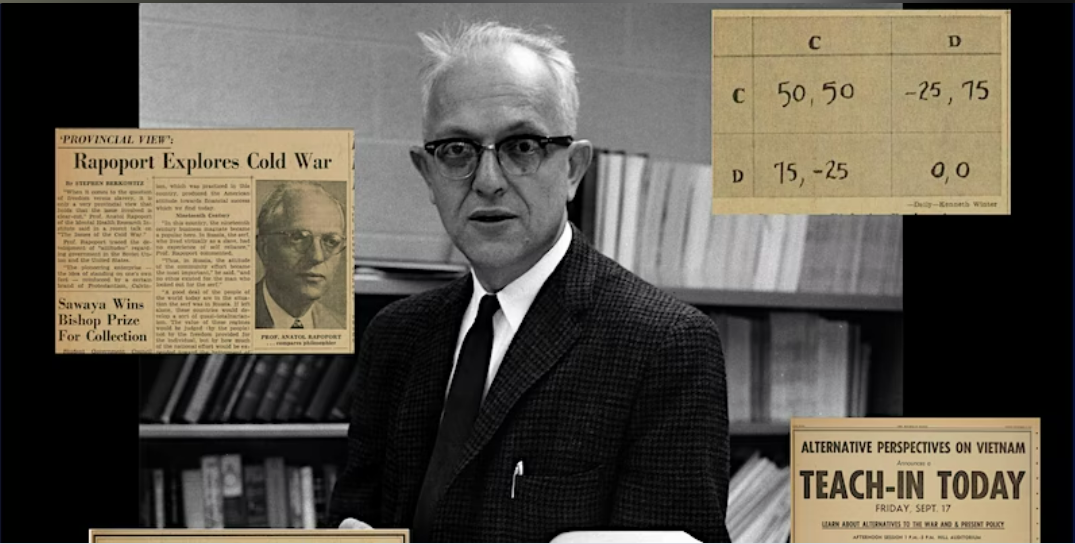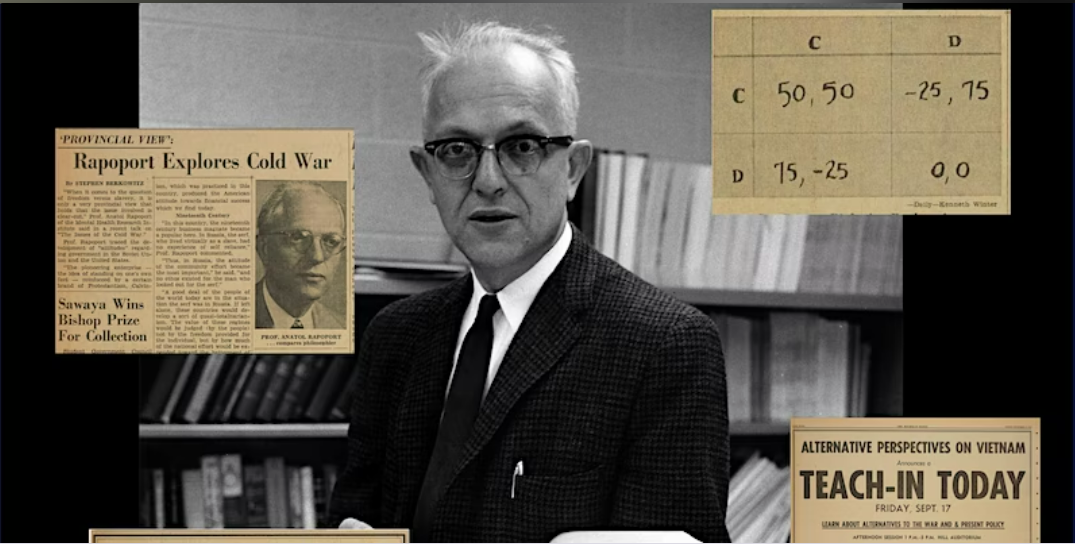
Effective Conflict Resolution Techniques for Couples
Conflict Resolution is inevitable part of any long-term relationship. Whether married or not, couples often find themselves facing disagreements that can create tension and strain. However, finding healthy ways to cope with conflict is crucial for maintaining a strong and fulfilling partnership. In this post, we will explore effective strategies and techniques to navigate conflicts in relationships. From understanding the concept of flooding to exploring the principles of Gottman’s Couples Therapy, we will delve into the world of conflict management and provide valuable insights for couples seeking to enhance their communication and strengthen their bond. So, let’s dive in and discover the key tools for navigating conflict and fostering a harmonious relationship.
Learning conflict resolution techniques can significantly improve and even save your relationship
When we become overwhelmed by emotions during intense interactions with our partner, we may feel swamped or inundated by our feelings. This state is often referred to as being emotionally “flooded” or experiencing “Diffuse Physiological Arousal“. This overwhelming sensation can make it challenging to think clearly and respond constructively in the moment.

Diffuse Physiological Arousal (DPA), a.k.a, flooding
Moving from attack-defense to self-disclosure
During a discussion, it is common for one or both partners to experience flooding. This overwhelming emotional state triggers a surge of cortisol, the stress hormone, and adrenaline, often referred to as the “fight-or-flight hormone.” The resulting reaction is typically neither pleasant nor productive.
Effects of emotional flooding during a discussion include:
- Inability to process new information, feeling attacked by any comment or expression from your partner.
- Tendency to shut down or withdraw, often manifesting as stonewalling, avoiding eye contact, and showing little to no responsiveness.
- Loss of communication effectiveness, including repetitive speech and impaired listening skills.
- Reduced cognitive functions, making it difficult to think logically, solve problems creatively, or recall recent learning.
- Diminished emotional capacity, characterized by a lack of empathy, politeness, and humor.
- Struggle to remember the positive aspects of your relationship and why you are with your partner.
The Gottman Method offers several strategies to reduce diffuse physiological arousal (DPA), helping individuals and couples manage emotional flooding effectively. Here are some key techniques:
1) Agreeing to pause and resume the conversation as needed is essential during heated discussions. The Gottman Method recommends a 20-30 minute break, allowing both partners time to calm down. During this break, it’s beneficial to engage in stress-reducing activities such as deep breathing, meditation, walking, or listening to calming music. This approach helps reset the emotional climate and facilitates more constructive dialogue when the conversation resumes.
In Gottman Couples Therapy, recognizing the signs of flooding is so crucial that we use oximeters to monitor physiological responses. These devices measure heart rate and blood oxygen levels; if a person’s heart rate exceeds 100 beats per minute or their oxygen saturation drops below 95%, the oximeter emits a sound. This is a clear signal to end the conversation temporarily and engage in self-soothing activities. This integration of technology helps prevent the continuation of discussions that may become unproductive or even destructive.

2) Use Relaxations Techniques to manage diffuse physiological arousal during moments of emotional flooding is a crucial component of self-soothing in the Gottman Method. Here’s how it can be effectively implemented:
Find a Quiet Space: First, remove yourself from the stressful situation. Find a quiet and comfortable space where you can be undisturbed for a few minutes.
Deep Breathing: Begin with deep breathing exercises. Inhale slowly through your nose, allowing your chest and lower belly to rise as you fill your lungs. Hold your breath for a moment, then exhale slowly through your mouth or nose. This type of breathing helps reduce the body’s ‘fight or flight’ response.
Progressive Muscle Relaxation (PMR): Tighten and then gradually relax each muscle group, starting either from your toes and working your way up to your head, or from your head down to your toes. Tense each muscle for about five seconds and then relax for 30 seconds, and notice the sensation of release.
Mindfulness Meditation: Focus on your breath or a particular object. Each time your mind wanders, gently bring your attention back to your breath or object. This helps keep your mind from focusing on the stress and anxiety associated with the conflict.
Guided Imagery: Visualize a calm, peaceful place, such as a beach, forest, or a favorite quiet spot. Imagine yourself there and focus on the details—the sounds, the smells, and the feelings of being in that place.
Use of Soothing Sounds: Listening to calming music, nature sounds, or a guided relaxation can also help soothe your mind and body.
Mindful Walking: If possible, a slow, mindful walk while focusing on the sensation of movement and the environment can also be beneficial.
These techniques aim to lower heart rate, reduce blood pressure, and bring the body back to a more relaxed state, making it easier to return to the discussion with a clearer, calmer mind. Regular practice of these techniques, even outside of stressful situations, can improve their effectiveness during moments of high stress or conflict.
3) Takes turns to speak. The Gottman-Rapoport Intervention is a technique derived from the work of John Gottman, a psychologist known for his research on relationship stability, and Arthur Rapoport, who developed principles of negotiation and conflict resolution. This technique is often used in couples therapy to help partners manage and resolve conflicts more effectively. The core principle of the Gottman-Rapoport Intervention is that effective conflict resolution occurs only when each partner fully grasps and accurately conveys the other’s perspective to their mutual satisfaction. This implies that persuasion and problem-solving should be deferred until both partners have achieved a comprehensive understanding of each other’s viewpoints.

Steps in the Gottman-Rapoport Technique
The technique follows structured steps to facilitate productive dialogue:
1. Identify the Issue: One partner describes a specific issue or situation that they find problematic. The emphasis is on expressing one’s own feelings and experiences related to the issue.
2. Express Understanding: The listening partner reflects back what they heard to ensure they have understood correctly, focusing on the feelings and needs expressed rather than the specifics of the behavior or event.
3. Validate: Each partner takes turns acknowledging the other’s feelings and viewpoints, validating them as reasonable even if they don’t agree.
4. Explore Solutions: Together, they explore solutions that might meet both partners’ needs. This involves brainstorming ideas without judgment and considering each suggestion’s feasibility and acceptability.
5. Agreement on Action: They agree on specific actions they will take to resolve the issue or improve the situation, ensuring that both feel their concerns are addressed.
The Gottman-Rapoport technique is particularly effective because it shifts the focus from conflict and blame to understanding and cooperation. By encouraging thorough understanding and respectful communication, it helps couples find common ground and resolve their differences in a way that strengthens their relationship.

Hello Diego. Your article provides a clear and comprehensive understanding of the effects of emotional flooding during a discussion, as well as effective strategies for managing it. The integration of the Gottman Method and the use of technology like oximeters demonstrates an innovative and practical approach to relationship improvement. Congratulations on a job well done!
Your positive feedback means a lot, and I’m motivated to continue exploring and sharing practical approaches to relationship improvement. Thanks again for your kind words. Have a nice weekend!